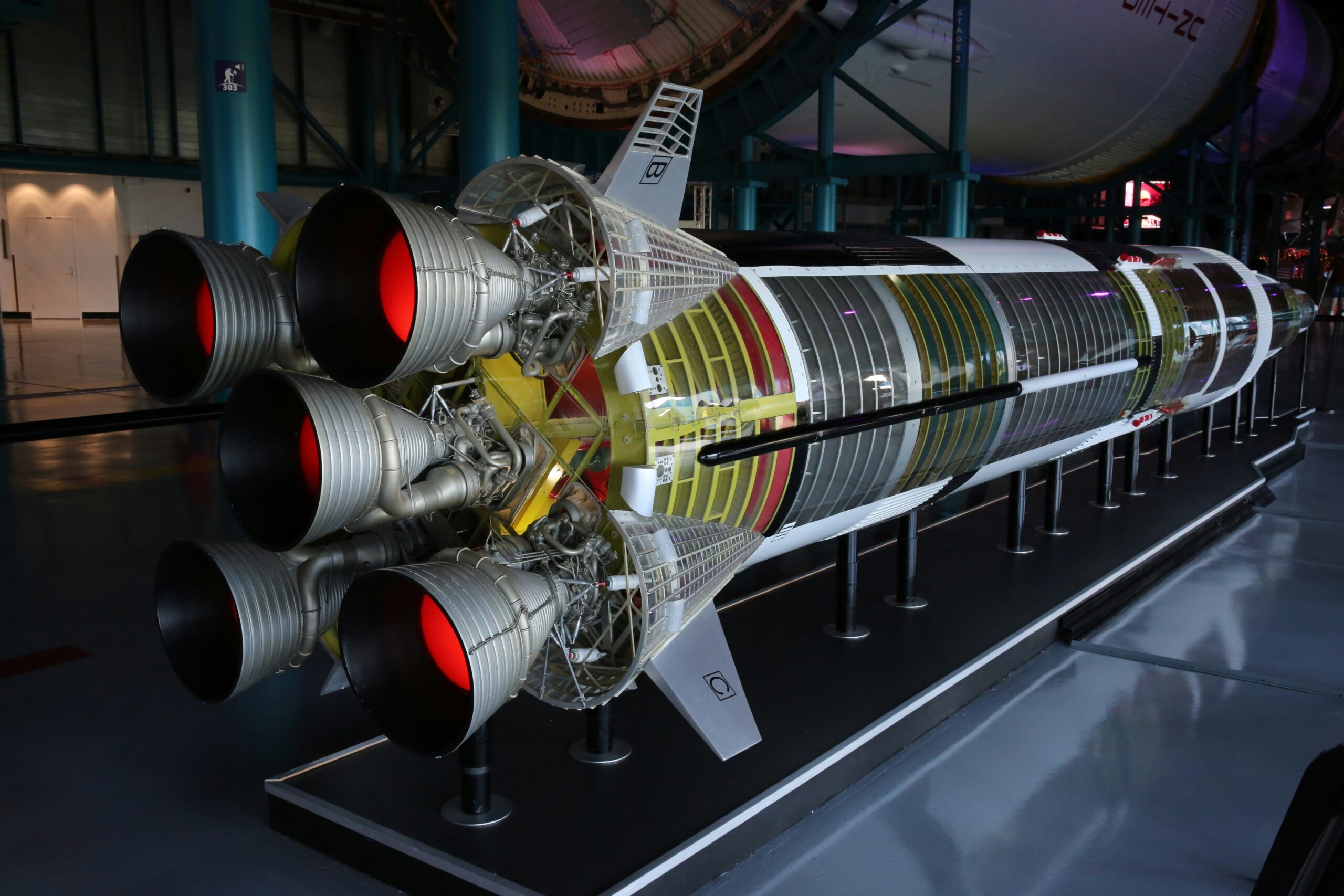Lockheed Martin has entered a surge phase. More missiles leave its U.S. plants than ever, yet demand still outruns capacity. The company now courts European manufacturers to spread the load. According to industry sources, senior executives used the Paris Air Show this week to line up fresh joint ventures. Their pitch is blunt: new regional lines will cut delivery time, ease U.S. bottlenecks, and harden allied supply chains against disruption.
The driver is war. Ukraine’s fight against Russia consumes precision munitions at rates not seen in decades. NATO stockpiles keep shrinking. Defense officials confirm that several European armies are now below basic readiness targets for key missile types. Washington also redirects resources toward the Indo-Pacific, which leaves fewer slots in U.S. assembly plants for European orders. Lockheed’s internal forecast shows a thirty-five-percent jump in international missile demand between 2025 and 2027. That jump cannot fit inside current walls.
Rising Missile Demand Outpaces Lockheed Martin’s U.S. Production Capacity
Annual HIMARS launcher production has doubled from forty-eight units in 2023 to ninety-six in 2025. Guided Multiple Launch Rocket System rounds will hit fourteen-thousand this year, four-times the 2021 figure. Patriot PAC-3 Missile Segment Enhancement deliveries will climb from about three-hundred to six-hundred-fifty by 2027. Javelin anti-armor missile output aims for nearly four-thousand per year by 2026. Each program competes for the same pool of circuit boards, solid-propellant casings, and energetic materials. Suppliers face eighteen-month lead times on some items. Lockheed needs extra hands – and extra real estate.
The plan relies on co-production, not simple offset. Executives want European partners to own significant shares of new sites, build sub-assemblies, and run local support centers. Our analysis shows that such depth lowers transport risk and speeds sustainment. Rheinmetall stands at the front of this push. It will lead a “center of excellence” in Germany focused on rocket motors and final missile integration. The deal revises a 2024 memorandum and now includes a path to full PAC-3 MSE production.
Rheinmetall to Lead PAC-3 Missile Manufacturing in Germany
A critical bottleneck is the PAC-3 radio-frequency seeker, still built only in the United States. The U.S. Army is clearing a second source. Rheinmetall plans to host part of that work once export licenses arrive. Company engineers outline a timeline that sees European rocket-motor output in 2026 and complete missiles in 2027. That schedule matches NATO’s goal to rebuild high-tier air-defense stocks before 2030.
Poland plays the next key role. Its Homar-A project adapts HIMARS to local chassis and fire-control preferences. Lockheed transferred tooling for Guided MLRS rocket cases to a PGZ facility at Mesko. Polish officials expect kit assembly to start in 2026. Warsaw also signed a letter to host final Javelin assembly, which would mark the missile’s first production line outside North America.
The programs earmarked for European work are:
- PAC-3 MSE – seeker second-source and full missile build in Germany.
- GMLRS rockets – case machining and motor fill in Poland.
- HIMARS launchers – localized Homar-A chassis integration in Poland.
- Javelin missiles – final assembly and test in Poland, with optics already sourced from the U.K.
- GMARS twin-pack launcher – joint development with Rheinmetall for heavier payloads.
- Hellfire/JAGM tactical missiles – option for Rheinmetall line once the center of excellence is stable.
U.K. and Romania Expand Lockheed Martin Missile Support Footprint
BAE Systems in Glasgow supplies composite missile bodies for Javelin and prepares to double output by late 2026. According to industry sources, Lockheed will add U.K. suppliers to the Hellfire and JAGM chains as well. The move secures a second supplier base outside continental Europe, which supports redundancy if trade routes close.
Support infrastructure grows in parallel. Romania opened a HIMARS depot in Bacău this spring. It will handle heavy maintenance for regional users and free U.S. capacity for expansions. Estonia accepted its first HIMARS battery this month and plans a similar light workshop near Tapa. Lockheed now negotiates with the Netherlands and Sweden for combined Nordic sustainment hubs. Each center uses common software and diagnostic gear to keep training simple.
GMARS Launcher and ATACMS Successors Enter European Plans
GMARS, short for Global Mobile Artillery Rocket System, marks a new step. The vehicle sits on a Rheinmetall HX truck and carries twice the missiles of a standard HIMARS. Engineers finished a qualification review in May. A live-fire test in the United States is booked for August. European officials like the larger payload, which reduces reload events during dispersed operations. Lockheed sees GMARS as a bridge until newer deep-strike options mature.
One of those options is ATACMS’s heir. As the U.S. Army shifts to the Precision Strike Missile, surplus ATACMS tooling may travel to Europe. Rheinmetall executives confirm early talks on that transfer. A European ATACMS line would give NATO allies a stopgap long-range asset while they evaluate PrSM export variants. The concept also avoids schedule clashes in U.S. plants already stretched by rapid PrSM expansion.
Local production offers clear gains:
- Faster delivery – ocean logistics disappear.
- Greater stockpile resilience – parts stay near users.
- Skilled jobs – high-value roles in machining, guidance, and energetics.
- Technology transfer – partners gain design insight that can feed future projects.
- Political capital – governments show voters visible defense investment.
Still, obstacles remain. Every transatlantic transfer must pass through International Traffic in Arms Regulations approvals. That process can stall for months. European labor rules differ by country and can slow factory stand-up. Inflation pushes material costs, while a tight labor market makes it hard to hire experienced machinists. Defense officials confirm that electronic component shortages persist, especially for radiation-hardened chips.
ITAR Delays and Labor Gaps Threaten European Production Timelines
Training crews to operate, reload, and repair missiles across multiple nations requires common technical manuals and secure data links. Lockheed’s digital sustainment suite will need language packs and cyber accreditation in each host nation. The company has assigned a dedicated team to align these standards before sites open.
Technology changes may ease some pressure. Engineers demonstrated air-launched GMLRS control by F-35 datalink last month. The technique turns each fighter into an in-flight missile director, which lets engineers remove some seekers and move guidance load to the jet. If adopted, seeker demand could dip by ten percent, freeing capacity for other weapons.
Lockheed also ties space assets into land-strike networks. Its Missiles and Fire Control unit funds common flight computers that can swap between PAC-3, PrSM, and future hypersonic glide bodies. Shared avionics shrink production cost and simplify European licensing. Our analysis shows that economies of scale from such shared modules could cut average unit cost by up to eight percent once volumes stabilize.
European Governments Fund Next Phase of Lockheed Martin Missile Expansion
European governments back the expansion with cash. Berlin added €3.7 billion for air-defense missiles in its 2026 budget draft. Warsaw pre-funded tooling for GMLRS under a classified annex, according to defense-industry officials. London channels research grants to optical-sensor suppliers linked to Javelin. The European Defence Fund set aside €960 million for “critical munitions” co-investment, with PAC-3 and GMARS on the eligibility list.
Looking ahead, the market shows no sign of cooling. NATO planners set new minimum missile stock objectives that run well above pre-war norms. Europe also accelerates joint force concepts that rely on deep fires and layered air defense. Demand therefore remains high even if the Ukraine war slows. Lockheed’s European push sits at the center of that long-range outlook.
Our analysis shows that the success of this transatlantic model hinges on two dates. First, the German rocket-motor line must deliver a certified unit by mid-2026 to keep PAC-3 ramp goals on track. Second, Poland must ship its first assembled Javelin by early 2027 to free U.S. space for PrSM. Meeting both marks will prove the concept and unlock further transfers, including seeker production and potential ATACMS relocation.
In sum, Lockheed Martin has turned partnership from slogan into necessity. Rising demand, aging U.S. plants, and urgent allied needs leave little choice. European industry gains capacity, skills, and strategic depth. Lockheed gains throughput and political goodwill. The alliance gains weapons when it needs them most. The next twenty-four months will show if the pieces lock together on time.
REFERENCE SOURCES
- https://www.aerotime.aero/articles/lockheed-missile-paris-2025
- https://breakingdefense.com/2025/06/lockheed-seeks-european-partners-for-missile-production-crunch/
- https://www.nationaldefensemagazine.org/articles/2025/6/18/us-companies-drawing-on-european-partnerships-to-handle-weapons-demand-surge
- https://news.lockheedmartin.com/Lockheed-Martin-and-Rheinmetall-to-join-forces-on-centre-of-excellence-for-European-Security
- https://www.reuters.com/business/aerospace-defense/rheinmetall-lockheed-martin-extend-cooperation-2025-04-30/


